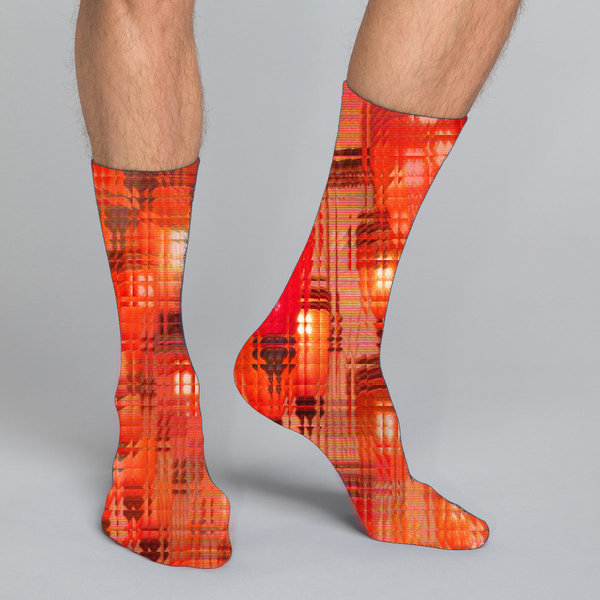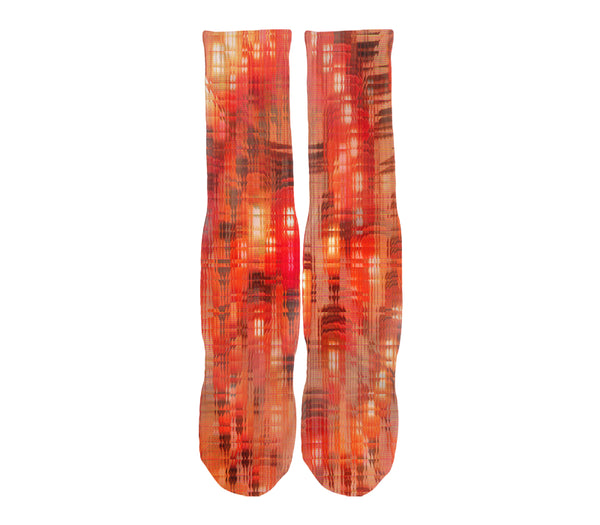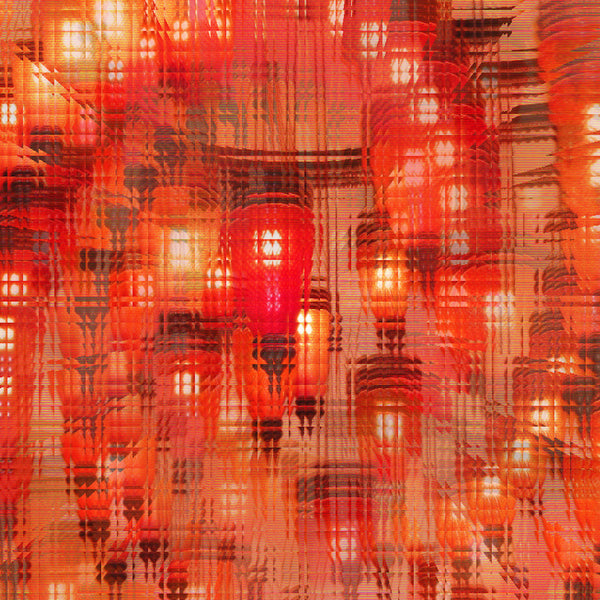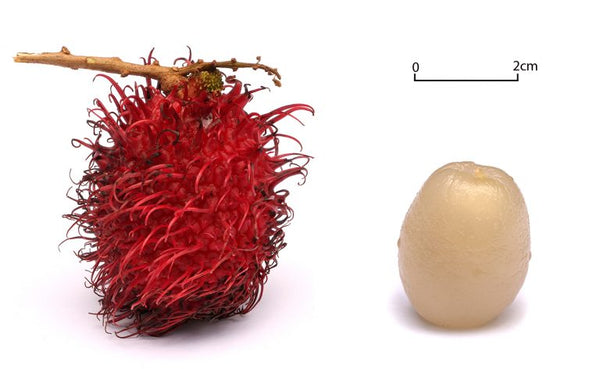Men's, women's colorful allover socks in the colors of nature
In celebration of food, fitness, fashion and fun, we bring you super versatile, comfortable, soft, durable and beautifully designed sublimated/all-over socks in the color combination of the Rambutan superfood.
- Wicking properties keep feet dry
- Cushion support for comfort
- Crew height
- Ribbed cuffs
- Toe ventilation
- Knit construction
- Fabric: 96% polyester, 3% rubber, 1% spandex
- Care: Machine wash
What is dye sublimation and why polyester?
Dye-sublimation works by penetrating the surface of the material with ink. Man-made materials such as nylon and polyester fabrics contain polymers that when heated, enable the bonding of ink. Cotton and other natural fibers do not.
Dye-sublimation printing yields beautiful and permanent colors that are embedded in the substrate or fabric, rather than printed on the surface.
Images on fabric won’t fade or crack even after multiple washings.
The Rambutan Fruit
- Decreases unwanted fat
- Skin care
- Hair care
- Treats Dysentery
- Treats Diabetes
- Cures Fever
- Increasing Energy
- Strengthen Bones
- Increase our immune system
- Anti-Cancer.
- Protector of Free Radicals
- Rich in Vitamin C
- Blood Formation
- Healthy Digestion
- Improve sperm quality and cancer
Native to tropical Southeast Asia, rambutan is commonly grown among various countries throughout the region. It has spread from there to various parts of Asia, Africa, Oceania and Central America.The widest variety of cultivars, wild and cultivated, are found in Malaysia.
Around the 13th to 15th centuries, Arab traders that played a major role in Indian Ocean trade introduced rambutan into Zanzibar and Pemba of East Africa. There are limited rambutan plantings in some parts of India. In the 19th century, the Dutch introduced rambutan from their colony in Southeast Asia and Suriname in South America. Subsequently, the plant spread to tropical Americas, planted in the coastal lowlands of Colombia, Ecuador, Honduras, Costa Rica, Trinidad and Cuba. In 1912, rambutan was introduced to the Philippines from Indonesia.Further introductions were made in 1920 (from Indonesia) and 1930 (from Malaya), but until the 1950s its distribution was limited.
There was an attempt to introduce rambutan to the southeastern United States, with seeds imported from Java in 1906, but the species proved to be unsuccessful, except in Puerto Rico.









